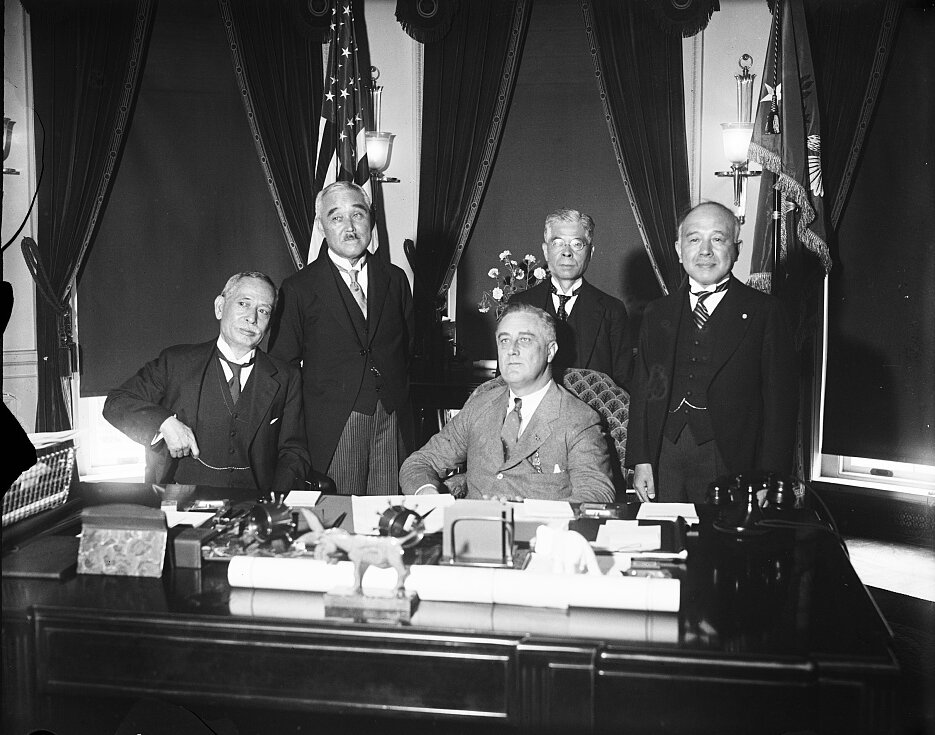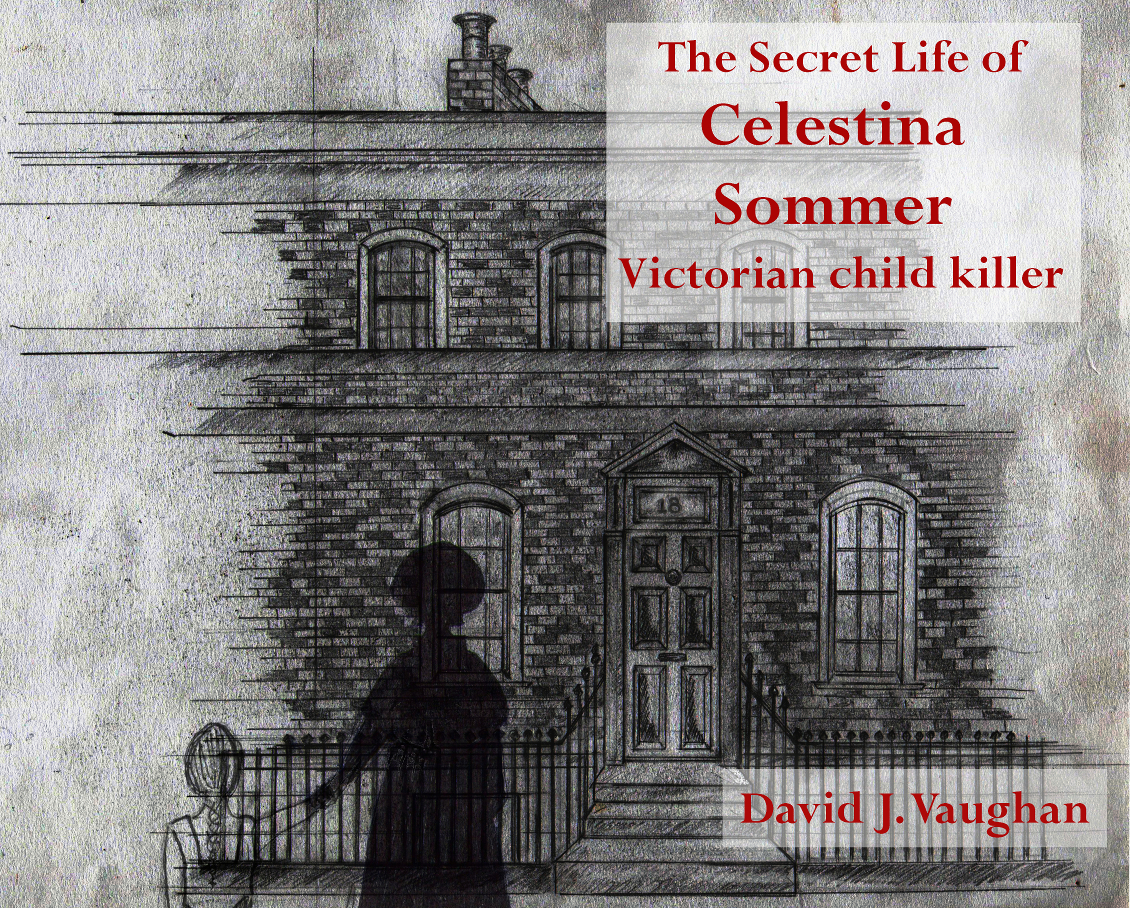The continent of Europe is complicated politically, culturally and linguistically. And if you delve a little deeper into history, you realize that the continent’s association with time is equally complex and surprising. Here are seven of the most peculiar ways that time has been changed in Europe. Samantha Arrowsmith explains.
Adolf Hitler and then Spanish leader Francisco Franco in 1940. Franco adjusted Spanish time to align with German time during World War Two. Picture from Heinrich Hoffmann/Krakow-Warsaw Press Publishing, available here.
Ever wondered who you should thank for losing an hour’s sleep every year?
I’m not a big fan of bugs, and my golf game is, well, let’s just say that getting off the tee is an achievement, so it seems odd that both should have had such a big impact on mine and millions of other people’s daily life.
If Benjamin Franklin was being satirical in his 1784 paper suggesting the firing of canons every summer morning to get people up earlier, New Zealand scientist George Hudson made the first serious suggestion to change time in 1895; he wanted more daylight hours to engage in his bug hunting. The cause was later taken up in the UK by William Willett who, wanting the chance to play golf for longer, published The Waste of Daylight in 1907 hoping to promote the idea.
By 1916 and the onset of the Great War, the argued reason to change the clocks in order to save energy took on more urgency; Germany was the first to introduce the policy in April 1916 and Britain adopted the practice a month later along with France, Italy and Russia.
So, the next time you wonder who causes you to lose that hour’s sleep every year, you can blame bugs and golf.
Did you think that a year could only be either 365 or 366 days?
It is a fact that every child is taught in school that the year consists of 365 days in a standard year and 366 in a leap year. Fact, yes?
Well, not in Europe.
In 46BC, when Julius Caesar introduced his new calendar, he created a year that was 445 days long. Unfortunately, the Julian calendar gained a day every 128 years, so, by 1582, a new calendar, the Gregorian, was introduced which required Europe to lose days. Every time a country swapped to the new calendar, they lost between 10 and 13 days a year. In the UK, the first day of the year was actually March 25, so when they and their dominions (including America) finally made the change, it meant that the year 1752 was only 282 days long.
Why were France and Britain not always in the same year?
The countries of Europe were, and are, pretty good at disagreeing with each other and, unfortunately, the introduction of the Gregorian calendar sparked all sorts of underlying religious turmoil. It was seen by some countries as a papist plot not to be trusted and certainly to be resisted. So, when France, Spain, Italy and other Catholic countries adopted the new calendar in 1582, a lot of Protestant countries didn’t. And, so began five centuries during which different parts of the continent used different dates. It was often the case that they were even in different years. Take just one date - January 1, 1700: France, Spain Italy and even Scotland (which by then was part of the United Kingdom) were all in 1700, whilst England and Wales were still in 1699 and remained so until March 25. Even after the UK as a whole moved in line with the majority of Europe, other countries did not – Europe was not on the same calendar until Greece finally transferred in 1923.
Who made the decision to cancel Christmas?
The name of the man (and it would have been a man) who decided the timing of the change to the Gregorian calendar in the Spanish Netherlands is now lost to us, but he was surely an inspiration for Scrooge and the Grinch.
By December 1582 it was clear that 10 days would be wiped out of existence by the change; the people of Italy, Spain, Portugal and Poland had gone to bed on October 4 and woken up on October 15. So, making the decision to make the change on December 21 was surely asking for trouble? Unfortunately, for the Spanish Netherlands that is what happened and, officially at least, there was no Christmas Day for them that year.
Which raises the question of why Greece didn’t learn the lesson. Their change in 1923 also affected the Christmas season, with New Year’s Day occurring before Christmas Day. However, Greece did manage to come up with some kind of solution and 1924 saw two Christmas celebrations.
Why the years 1793-1806 never existed in France
The French Revolution ushered in a lot more changes than just the removal of the monarchy. The New Republic’s leaders were also keen to introduce a scientific revolution that saw the introduction of all things metric. This was the era of the meter, something that we have since adopted, and the decimalization of time, something that has not been as successful.
Under the French Republican Calendar, years remained 12 months long, however, the first day was changed to 22 September and the old dating system was abolished. The year 1792 ceased to exist and instead was renamed Year One of the Republic.
Not just mathematicians, but also poets and painters were employed to design the new calendar, with special pictures used to represent the months, ten-day décades replacing weeks, and months being given new names.
A new clock was also created, introducing ten-hour days with a hundred minutes per hour and a hundred seconds per minute.
For twelve years France operated on a separate time and dating system until the Republic fell in 1806. Whilst the French have undoubtedly come up with some stunning inventions over the centuries, 100,000 seconds a day clocks and months named after fruit are not two of them.
Is the UK ten minutes late?
In 1884 (when Britain dominated all things naval and trade) it was decided by the International Meriden Conference in Washington that Greenwich in London would become the prime meridian, or, in other words, the center of time. It would mark Longitude 0º and it would be from here that the various zones would span out around the world.
But Greenwich had a rival in Paris, whose longitude is 9 minutes and 21 seconds ahead of GMT.
This was also the era of Anglo-Franco rivalries and no self-respecting French navigator or scientist was going to allow the nation’s time to be dictated to by the English. Paris Mean Time (PMT) had been created in 1881 and, being only 2 degrees east of Greenwich, there was no future for it in a world now dominated by GMT. It would take until 1911, before France finally gave up their hope of it remaining a contender as the Prime Meridian and turned their clocks back by 9 minutes and 21 seconds to match GMT. Nevertheless, it remained as Paris Mean Time; any reference to Greenwich was firmly kept out of the title.
So, all was well…and then along came the Nazis.
How Hitler caused a late lunch in Spain
Trying not to turn this into an essay on my failings, I’ve never been that up on geography. I know a few capital cities, can tell you the names of the continents and can actually locate a few countries on a map, but in nearly 50 years on this planet, I never noticed that a large proportion of Western Europe is not where, or rather when, it should be.
And we have Hitler to thank for it.
Until the 1940s the countries of France, Spain, the Netherlands, Belgium and Luxembourg were all on GMT/UTC as fitted their latitudinal position. But the Nazis wanted their war machine to be coordinated, and they adjusted the time of their occupied territories to match Germany’s. Although nominally neutral, Spanish leader Franco ensured that Spain changed to the new time zone to show support for his Fascist ally.
At the end of the war, France should have moved back to GMT+0, but two weeks before they were due to do so in November 1945, the French government changed its mind and decided to stay on Central European Time (GMT+1).
Similarly, Spain did not return to GMT, a decision which has been linked to the reason why the Spanish eat so late in the day compared to other countries; lunch stayed at the same solar time whether the clocks had jumped forward or not.
I doubt that when Hitler set out on his chosen career path of genocidal maniac, he did so with the intention of disrupting Spanish mealtimes or leaving a lasting impression on European time. Nevertheless, he did.
The future?
Time still remains an issue in Europe, from whether to keep Daylight Saving Time to if Spain should revert back to GMT to be in line with Portugal. But for us who live on the continent, we can only hope that the days when we weren’t even in the same year are over.
What do you think of changing the time in history? Let us know below.
References & Further Reading
Vanessa France: A brief history of (French) time
The Atlantic: The creation of modern time
Atlas Obscura: Why England was a year behind Belgium, Spain and Italy for 170 years
Time and Date: The Julian-Gregorian switch
Mirlibooks: Confusion and Myth in the Gregorian Calendar reform
Here’s why Spain has been in the wrong time zone for the past 76 years
















